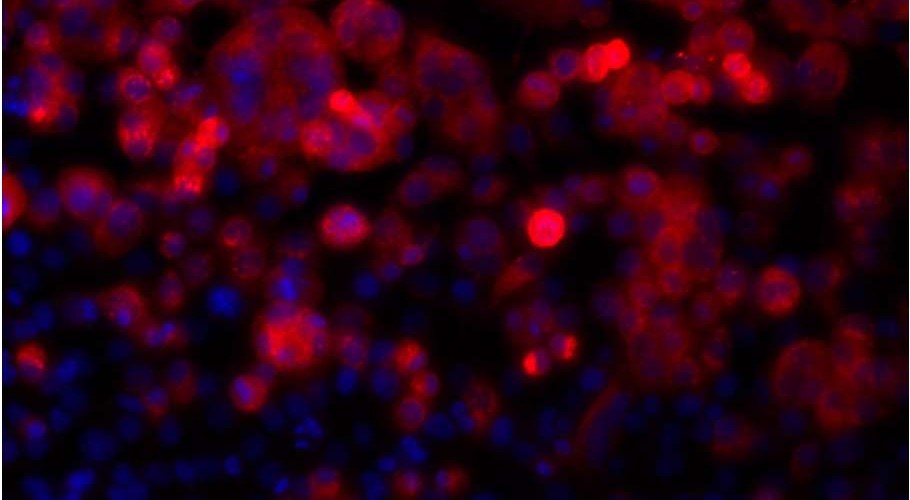Clustering gene expression time series data using an infinite Gaussian process mixture model
Our next meeting will be at 2pm on Feb 12th, in room 4160 of the Discovery building. Our Selected paper is Clustering gene expression time series data using an infinite Gaussian process mixture model.
.
The abstract is as follows.
Transcriptome-wide time series expression profiling is used to characterize the cellular response to environmental perturbations. The first step to analyzing transcriptional response data is often to cluster genes with similar responses. Here, we present a nonparametric model-based method, Dirichlet process Gaussian process mixture model (DPGP), which jointly models data clusters with a Dirichlet process and temporal dependencies with Gaussian processes. We demonstrate the accuracy of DPGP in comparison to state-of-the-art approaches using hundreds of simulated data sets. To further test our method, we apply DPGP to published microarray data from a microbial model organism exposed to stress and to novel RNA-seq data from a human cell line exposed to the glucocorticoid dexamethasone. We validate our clusters by examining local transcription factor binding and histone modifications. Our results demonstrate that jointly modeling cluster number and temporal dependencies can reveal shared regulatory mechanisms. DPGP software is freely available online at https://github.com/PrincetonUniversity/DP_GP_cluster.
We welcome all who can join us for this discussion. Feel free to begin that discussion in the comments section below.




